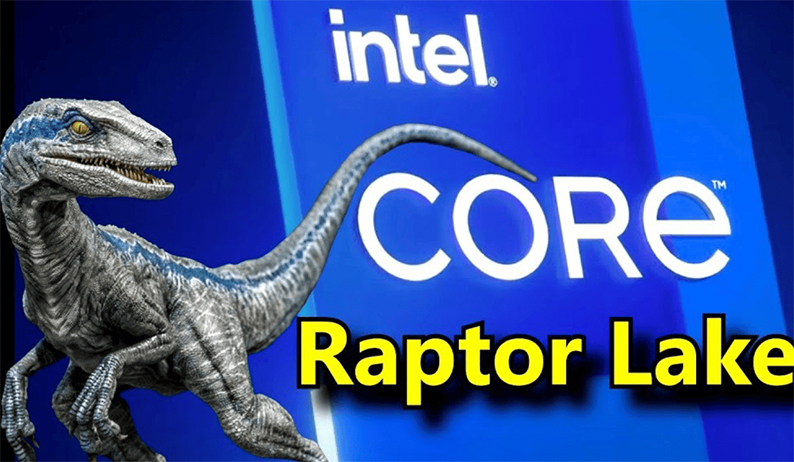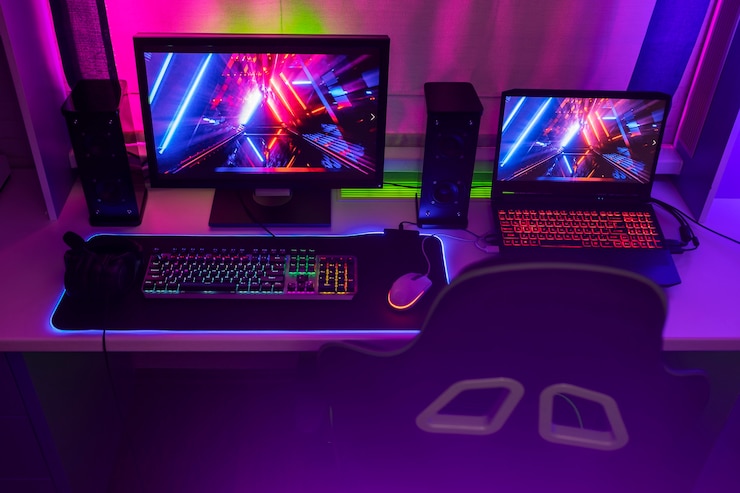In a significant and strategic move, Intel Corporation, a giant in the world of computer hardware, has recently announced its decision to phase out the well-known Celeron and Pentium branding for laptop components. This announcement marks a shift in Intel’s long-standing branding strategy and has ignited curiosity among tech enthusiasts and industry experts alike. In this article, we will delve deeper into the reasons behind Intel’s decision, explore what the new naming scheme might look like, and analyze the implications for consumers and the laptop market.
The End of an Era
For decades, the Celeron and Pentium brands have been synonymous with Intel’s budget and mid-range processor offerings. These processors have found their way into countless laptops, providing reliable performance for everyday computing tasks. The decision to retire these venerable brands reflects Intel’s commitment to simplifying its product lineup and streamlining its messaging.
The Celeron and Pentium brands have a rich history, with the Celeron line first introduced in the late 1990s as a lower-cost alternative to Intel’s flagship processors. Over the years, these brands have evolved, offering improved performance and efficiency while remaining accessible to a broader range of consumers.
The New Naming Scheme
Intel’s decision to phase out the Celeron and Pentium brands raises questions about what the new naming scheme will entail. The company has hinted at a naming convention that aims to make it easier for consumers to understand the performance hierarchy within their product lineup. This change is expected to help buyers make more informed decisions when choosing a laptop, ensuring that they get the right level of performance for their specific needs.
The primary goal of the new naming scheme is to provide greater clarity and transparency regarding the capabilities of Intel’s processors. By adopting a more straightforward and intuitive approach to naming, Intel intends to offer consumers a clearer picture of what to expect from each processor.
What’s Driving the Change?
Several factors have contributed to Intel’s decision to retire the Celeron and Pentium brands. One significant factor is the increasing competitiveness of the laptop market. With the rise of AMD’s Ryzen processors and the growing demand for high-performance laptops, Intel is adjusting its branding strategy to remain competitive and maintain its market share.
Additionally, Intel’s product lineup has become more diverse, with various processor families catering to different segments of the market. The Celeron and Pentium brands, with their extensive product variations, have at times caused confusion among consumers. By adopting a new naming scheme, Intel aims to provide clearer differentiation between its products, making it easier for buyers to select the right laptop for their specific needs.
What to Expect from the New Naming Scheme
While the retirement of the Celeron and Pentium brands may mark the end of an era, it’s essential to note that Intel remains committed to delivering quality processors for laptops. The new naming scheme is expected to include designations that indicate the processor’s performance tier. For instance, laptops equipped with Intel’s Core i3 processors will likely represent the entry-level tier, offering balanced performance suitable for everyday tasks.
Moving up the performance ladder, the Core i5 designation is likely to signify mid-range processors capable of handling more demanding applications and multitasking. At the top of the hierarchy, the Core i7 designation will continue to represent high-performance processors suitable for tasks like content creation, gaming, and professional work.
This new approach will provide consumers with a more straightforward way to identify a processor’s capabilities. For example, a laptop equipped with a Core i7 processor will generally offer higher performance and capabilities than one with a Core i3 processor. This clarity should simplify the buying process for consumers, helping them make more informed decisions based on their specific computing needs.
The Transition Period
During this transition period, consumers may still encounter laptops with Celeron and Pentium processors in stores. These processors will continue to be available until existing stocks are depleted. However, it’s important to keep in mind that these familiar brands will eventually give way to the new naming convention.
Intel will work closely with its partners to ensure a smooth transition and minimize confusion for consumers. Laptops featuring the new processor naming scheme will gradually become more prevalent in the market as Intel phases out the Celeron and Pentium brands.
Implications for Consumers
The retirement of the Celeron and Pentium brands signifies Intel’s commitment to aligning its product messaging with the evolving needs and expectations of consumers. This shift aims to provide greater clarity and transparency in a market that has become more diverse and competitive than ever before.
Consumers can expect a more user-friendly approach to understanding the performance capabilities of laptops equipped with Intel processors. The new naming scheme will help buyers navigate the vast array of laptops available and make more informed choices based on their specific requirements.
While Intel’s decision to retire the Celeron and Pentium brands may initially be met with nostalgia by some, it underscores the company’s dedication to delivering innovative and competitive products that meet the demands of today’s tech-savvy consumers.
The Competitive Landscape
The laptop market has witnessed significant changes in recent years, with AMD’s Ryzen processors gaining traction and challenging Intel’s dominance. AMD’s processors have garnered praise for their performance and value, prompting Intel to reevaluate its branding strategy.
Intel’s decision to retire the Celeron and Pentium brands is part of a broader effort to adapt to a changing competitive landscape. By simplifying its product lineup and enhancing clarity, Intel aims to maintain its position as a leading provider of processors for laptops.
In conclusion, Intel’s decision to phase out the Celeron and Pentium branding for laptop components represents a significant shift in the world of computer processors. While these brands have served consumers well for many years, Intel’s new naming scheme aims to simplify the buying process and provide clearer distinctions between its various product offerings.
As Intel moves forward with this change, consumers can expect a more transparent and user-friendly approach to understanding the performance capabilities of laptops equipped with Intel processors. This transition not only reflects the evolving landscape of the computer industry but also Intel’s commitment to delivering top-notch products that meet the needs of today’s diverse consumer base.
The retirement of the Celeron and Pentium brands signifies Intel’s dedication to innovation and adaptation in a competitive market. As consumers embrace the new naming scheme, they will have a clearer understanding of what each Intel processor brings to the table, making it easier to choose the perfect laptop for their needs. While change can be bittersweet, it often ushers in new possibilities and improvements, and Intel’s decision is a testament to its commitment to meeting the demands of the modern computing era.




